Meditation Isn’t About Drifting or Falling Asleep!
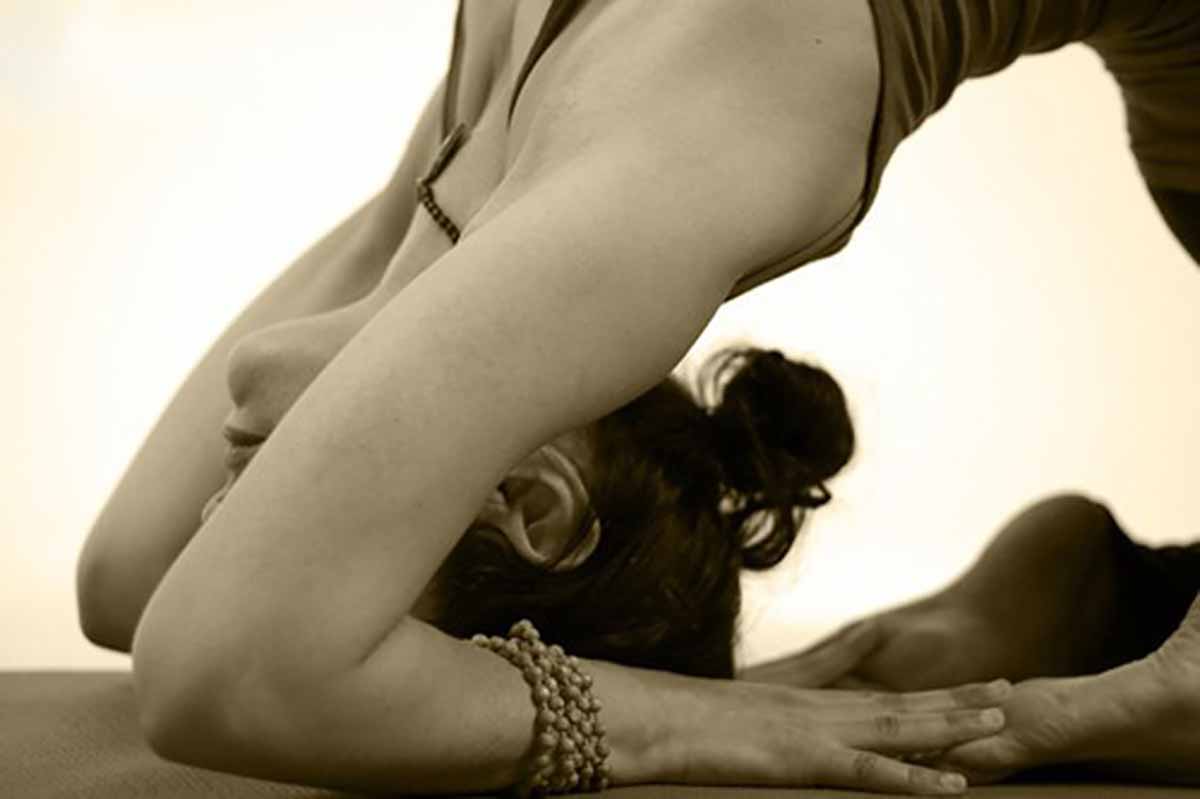
Is there one ‘ultimate’ way to meditate? What’s the deal?
Although meditation seems to be about relaxing to the beginner, meditation can also get you into the zone of peak performance. Indeed, CEOs and top leaders in the business world use meditation and one specific form of it – ‘mindfulness’ – to help them do their job better, improve relationships and business performance whilst decreasing stress.
But why is that? It’s because daily meditation expands your awareness and helps you focus. It gives you the edge.
meditation is definitely one of the leading tools for achieving the best life you can live, no matter who you are, or what you do!
Forms of meditation
The first thing to point out is that it is most certainly an error to assume that there is only one correct way to meditate. To use a common analogy, there are many ways up the mountain. Some will be more challenging than others but the choice is ours as to which path we take, and which guides we use or don’t!
We’re all unique, so some forms of meditation will resonate more with us than others. Perhaps one particular form will be more ‘in tune’ with our personal make-up than others.
Yoga is a great example of a moving meditation that gives us the opportunity to mindfully observe our own thoughts and emotions as we move through a sequence of physical postures, exploring our own psyche. Yoga isn’t about doing ‘yoga aerobics’ on the mat! If you can do a fancy pose but you’ve lost control of your breath and your mind is wandering, then you’re not doing yoga and your mind is anything but meditative.
Even simple postures can be challenging for the beginning or advanced yogi, so yoga really isn’t about getting your shoulder behind your knee! The key difference between the beginning student and the more advanced practitioner or teacher is awareness of the subtle nature of the breath, and the interconnectedness of body-mind.
Other forms of moving meditation certainly include ancient disciplines such as T’ai C’hi, Qi Gong, various martial arts like Aikido and Wyn Chun’s famous ‘sticking hands’ (Chi Sao), and my all time favourite water activity, surfing! Catching and riding a wave is exhilarating in itself but entering a point of breathtaking stillness is the ultimate goal, learning to be “one” with nature’s awesome majesty.
Seated meditation is yet another way to observe the mind and train it to be still. It requires a different approach since it is more of a mental practice – and sitting for extended periods of time is actually a lot more difficult than most people think since the body will immediately want to move or fidget, and the untrained mind is easily ‘bored’. The mind can also quickly drop down into ‘Alice in Wonderland’ rabbit holes, and become trapped into fantasy and illusions of all kinds!
When sitting in meditation, there are various ways one can learn to still the mind. For example, watching the ‘third eye’ (the area between the eyebrows, about one inch behind the bridge of the nose), or counting up to a particular number whilst rhythmically inhaling and exhaling. Whatever the focal point, these methods come back to the same intention, watching thoughts arise and allowing them to fade into the ‘no-thingness’.
Sitting meditation is perhaps the most common idea that people have when the word ‘meditation’ is casually mentioned – particularly, the cliched image of a yogi sitting in ‘cross legged lotus position’ with the thumb and forefinger of each hand touching. However, meditation doesn’t have to be formal, at least not to begin with. It can be cultivated whilst “doing the dishes” or “running in the open air”… Anything that brings stillness to the busy mind is useful!
In a chaotic world that is used to over-stimulation most people are finding themselves weary with mental overload. The ‘busy mind’ seems to be getting even busier and can’t get a break from its habitual grooves!
Do you know how to reach for the ‘off button’ or do you have to numb your mind with alcohol, or flop down on your sofa to watch TV shows after working all day? Perhaps distraction is your method, playing endless games on your X-Box?
Why meditate?
Is meditation simply to relax the mind? At first, yes, it is about relaxing the mind’s tendency to engage in thought. Every thought seems so important to the untrained mind. Worried thoughts, anxious thoughts, excited thoughts, pleasant thoughts, negative thoughts – all thoughts, regardless of their form, burn up your mental energy. Have you noticed?
Having time ‘away from thought’ is absolutely critical to balance and health.
Yet, if you start to drift away and fall asleep, then you are most likely doing the opposite of meditation. This needs to be clearly understood.
It’s okay at first, when one first starts to experiment, but it isn’t useful to drift off all the time because nothing can be changed if you fall below the level of thought. You need to ‘rise above’ thought, which means rising above the conscious mind to commune with the superconscious, or supra-conscious aspect of the Self.
The first stage of meditation is about relaxing the body-mind and letting go of unwanted mental clutter. The second stage is to allow yourself to see your own self-limiting,. and often self-destructive, patterns clearly. From this, we might say that meditation is about “seeing clearly” and “penetrating the unconscious” depths of oneself with compassion. The third stage is to transmute these patterns…
When we shine the light on the deepest (and darkest) ourselves, it is necessary to have compassion because ‘clear seeing’ means we will observe things that we will not like and it’s human nature to try to deny them.
Meditation can be a painful process, at first.
As one practices meditation more and more, then one moves into ‘alert stillness’. This is both soothing and liberating at the same time. Stillness and heightened awareness go hand in hand. People usually associate alertness with effort, because they cannot understand relaxed, mindful awareness, and because they’ve been trained to ‘push hard’ at school.
For this reason, it is useful to find a teacher that can help you. A teacher doesn’t have to be perfect, but they must be ‘walking their talk’ and have a joyful practice that is transforming for both themselves and their students.
I would encourage you to find a meditation class that suits you… try different styles and different teachers until you find the one that’s right for you. Then stick with it! If you’re doing it “right”, then it will get a bit bumpy because your stuff will come out to be dealt with. You may even blame your teacher!
If you have courage and stick with the bumpy parts, your practice will reap fruit over the long run – you’ll have more energy to meet your daily tasks ahead, more clarity of mind, a sense of real purpose, a deeper connection to yourself and others, the ability to let go of draining situations quickly, the ability to love yourself and others more – and just, dare I say it, an inner sense of breathtaking freedom!
Enjoyed this article and want to know more? Here are some easy steps you can take right now…
- Book a life changing “remote healing session” with Soul Guidance with Jaime: https://www.energytherapy.biz/energy-healing-with-jaime-tanna/
- Join Jaime’s fantastic 1 year Energy Coaching Program: Total Frequency Shift — Discover Radiant Health & Freedom
- Sign up for Jaime’s exciting new substack at https://energytherapy.substack.com/https://energytherapy.substack.com/


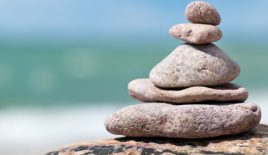

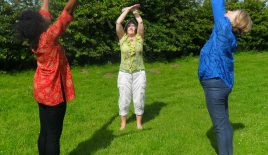

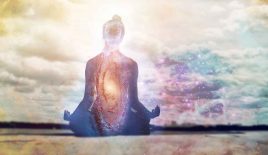


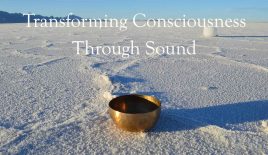



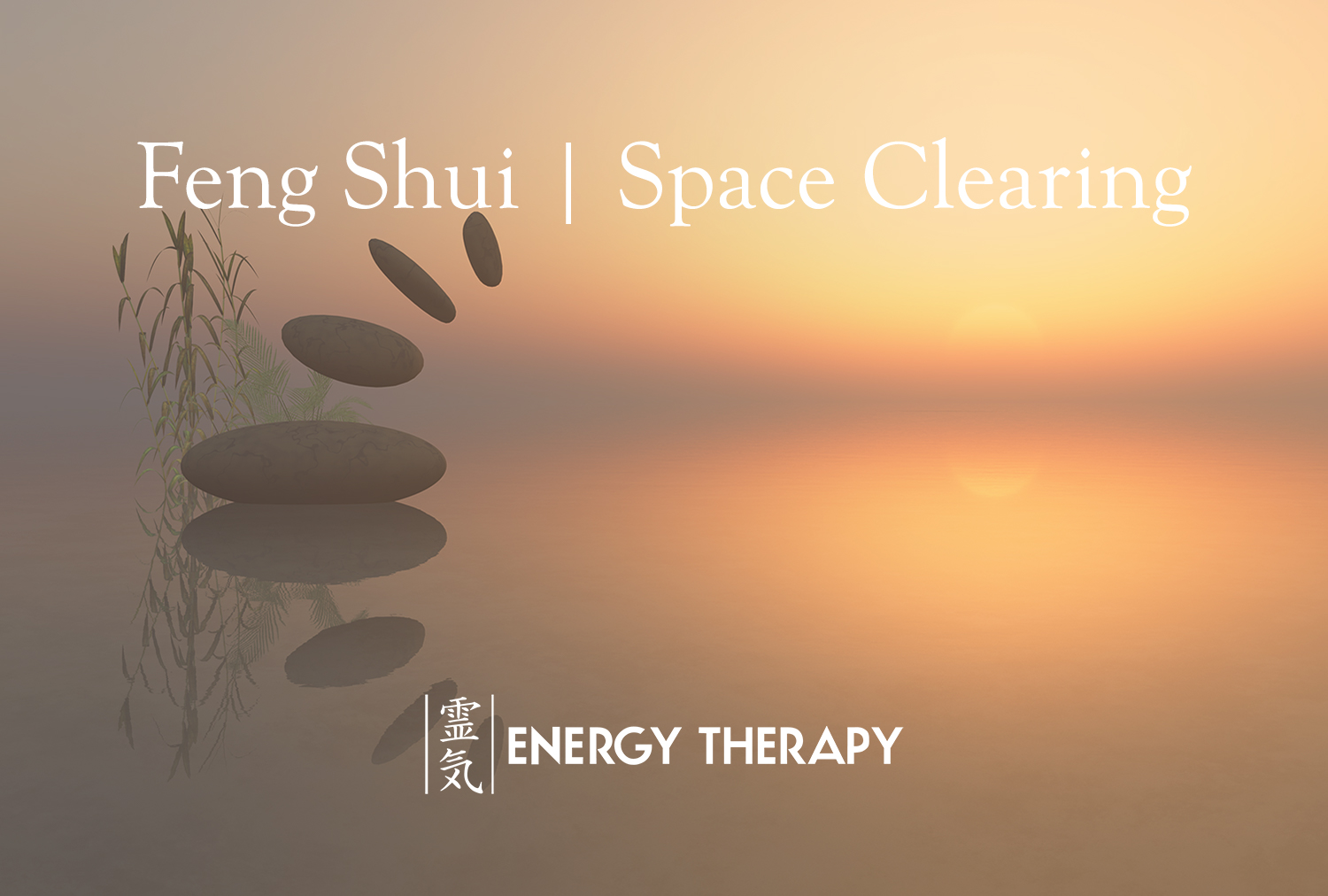




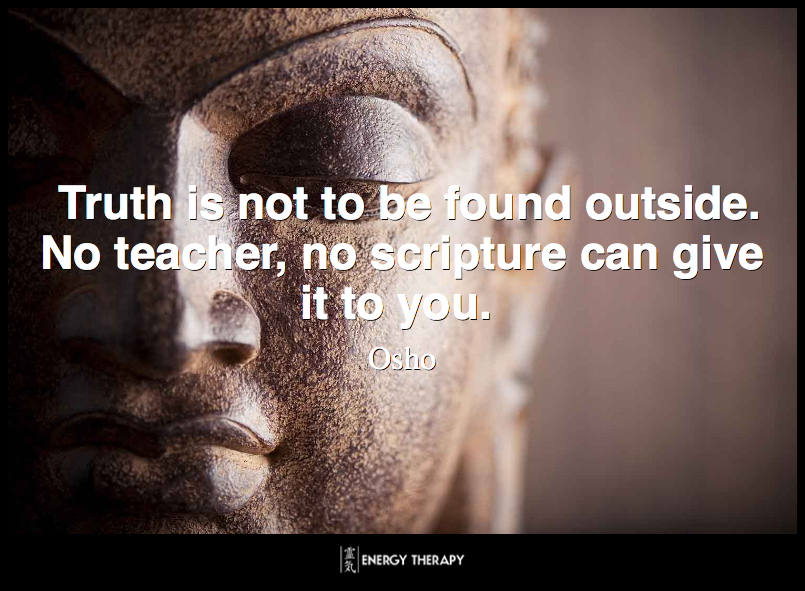
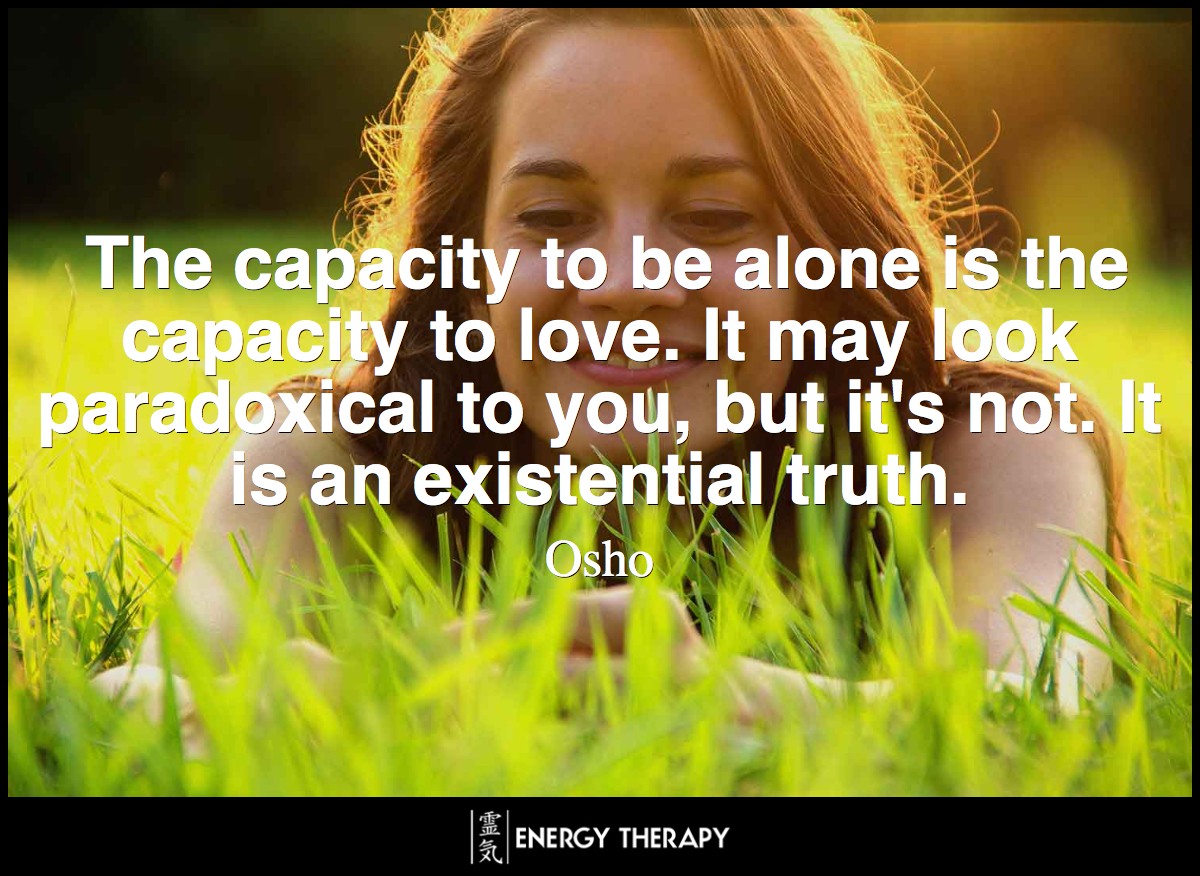
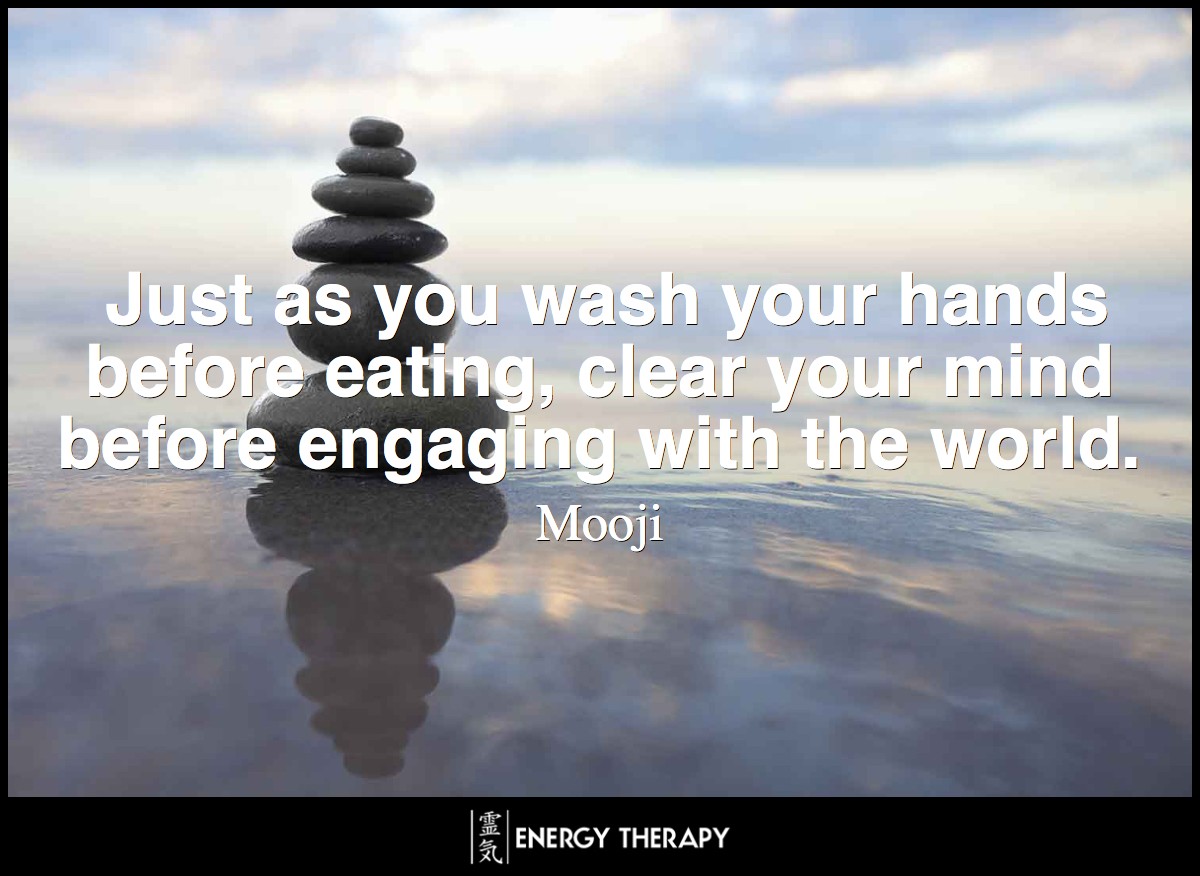
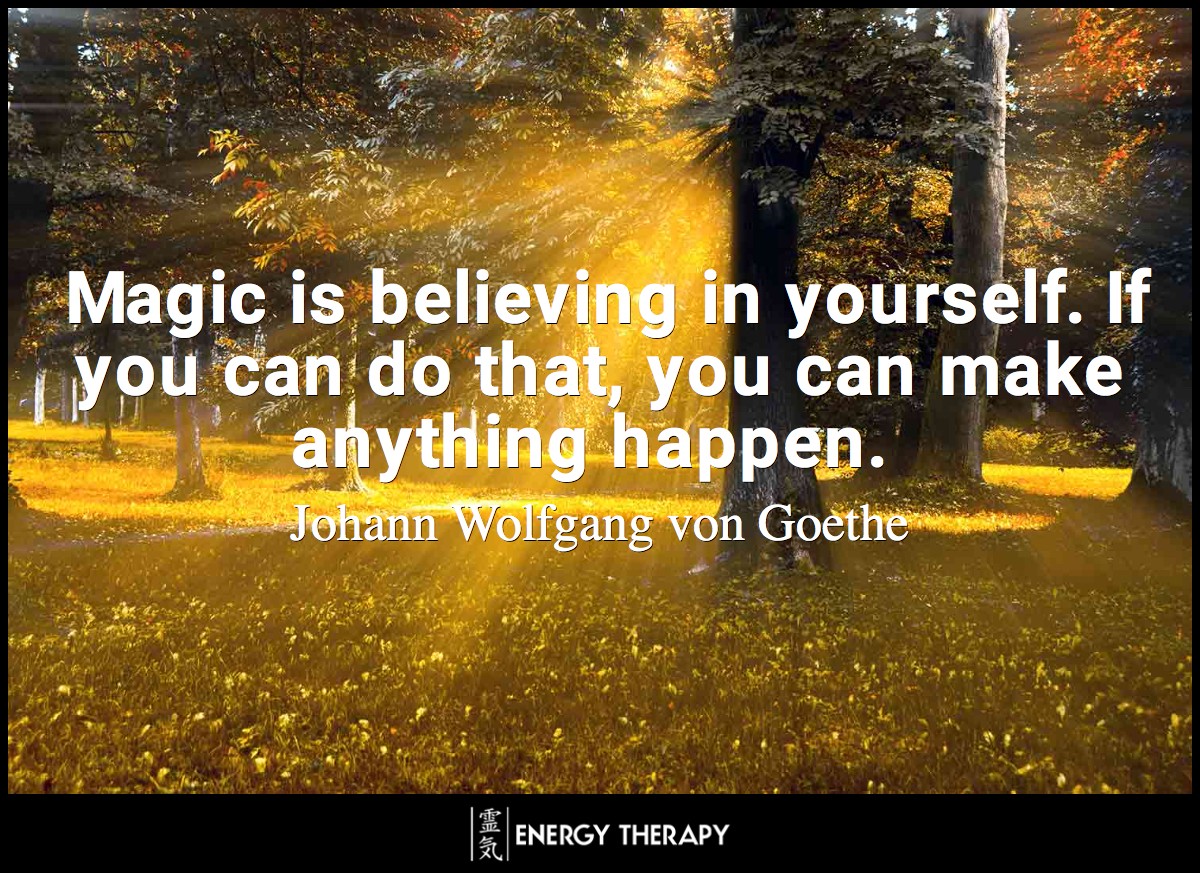
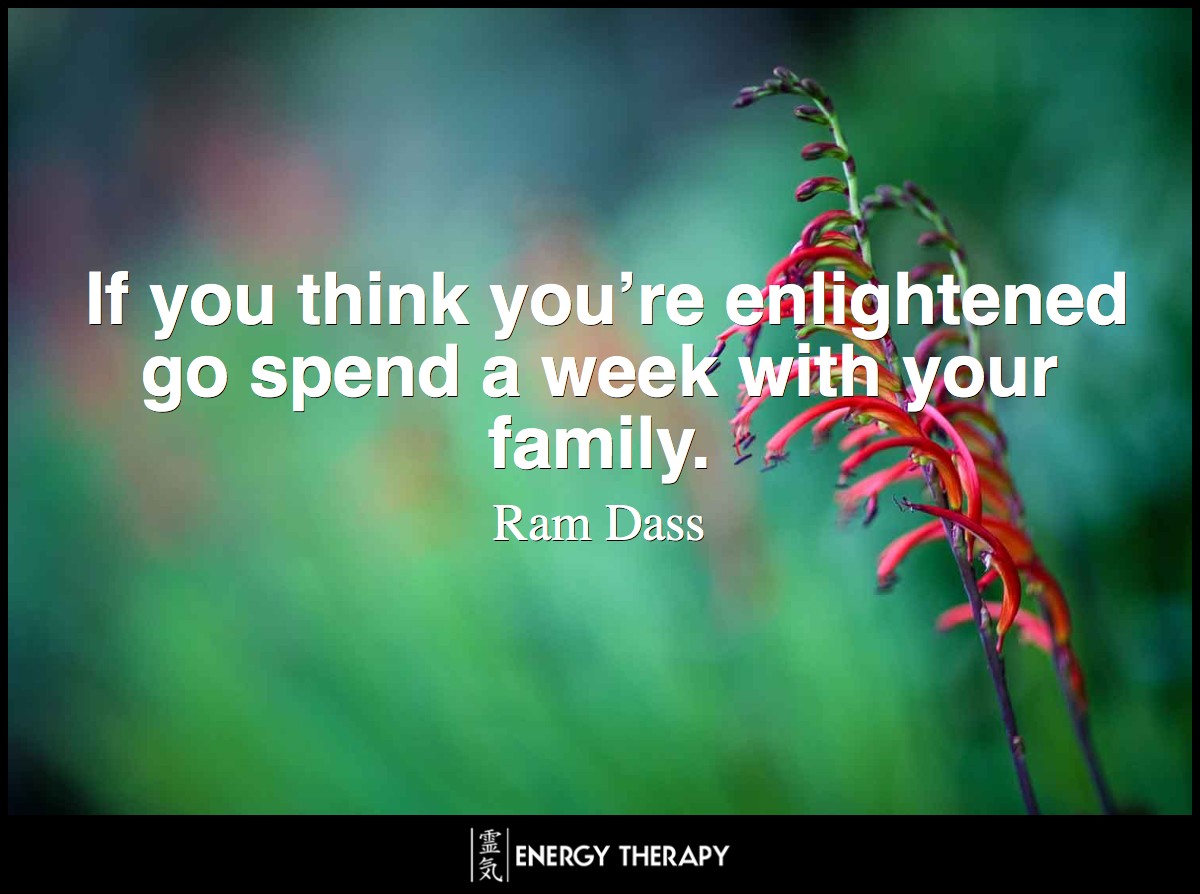


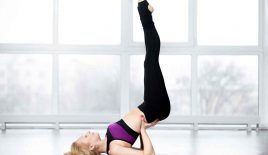

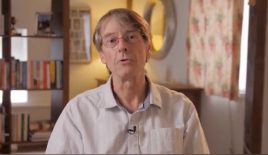







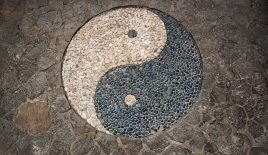

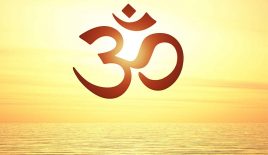
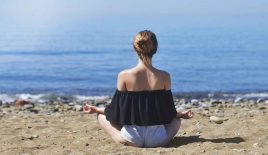

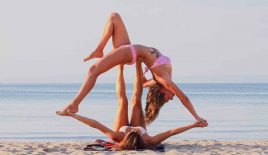
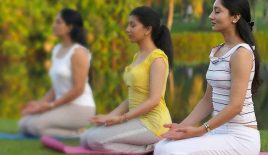


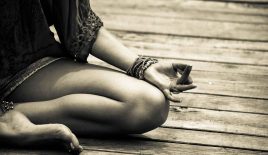






nice to be here.
thanks
Can’t learn meditation without a teacher???
Whilst it’s useful to have a teacher, ultimately you have to find your own path.